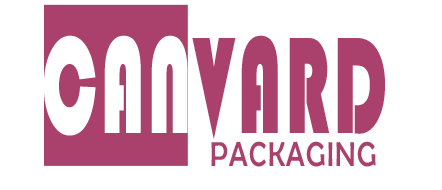The increasing demand for Post-Consumer Recycled plastic(PCR)
Post-Consumer Recycled plastic (PCR) refers to raw materials derived from plastic waste generated by households, businesses, industries, and organizations through recycling channels after being used by end-users.
This includes plastic returned from logistics and distribution chains, such as used food and personal care packaging, household appliances, and dismantled automobiles. The demand for Post-Consumer Recycled plastic signifies higher environmental significance and market value. The promotion of “proportionate use of recycled plastic” by consumer goods brands emphasizes the utilization of Post-Consumer Recycled plastic.
Post-Consumer Recycled plastic (PCR) is the truly recyclable plastic that the plastic value chain needs to circulate in order to achieve sustainable development goals.
Here are the relevant national policies regarding PCR plastic:
01 United States:
The American Chemistry Society (ACS) proposed to the U.S. Congress that packaging should be mandated to use a minimum of 30% recycled materials.
In July 2021, the American Chemistry Society released five action plans, suggesting that the U.S. Congress should take measures to improve plastic recycling rates.
02 European Union:
In 2019, the European Parliament and the Council of the European Union issued the “Directive on Reducing the Impact of Certain Plastic Products on the Environment” (EU2019/904), which sets a target for each member state to have a minimum of 25% recycled plastic content in some PET containers by 2025.
By 2030, a minimum of 30% recycled plastic should be incorporated into some beverage bottles.
03 Australia:
By 2025, plastic packaging should contain 20% recycled content.
The “National Plastic Plan 2021” in Australia sets a target for plastic packaging to have 50% recycled content by 2025, with plastic packaging specifically containing 20% recycled content.
The “National Waste Policy Action Plan 2019” mentions the goal of banning the export of plastic waste, paper, glass, and tires from the second half of 2020 to provide sufficient recycled materials as raw materials domestically.
04 Japan:
In 2019, the Ministry of the Environment in Japan, through a panel of experts under the Central Environment Council, formulated the final version of its plastic recycling strategy, which aims to reduce single-use plastic containers and packaging by 25% by 2030 and implement mandatory charges for shopping bags.
Additionally, the strategy aims to increase the reuse and recycling rates of plastic containers and packaging to approximately 60% by 2030 and achieve 100% effective utilization of all used plastics, including thermal recycling, by 2035.
05 United Kingdom:
Plastic packaging tax is imposed, with a tax applicable if the recycled content is below 30%.
On November 12, 2020, HM Revenue and Customs in the UK issued a draft legislation for the plastic packaging tax, which applies to plastic packaging produced or imported into the UK and requires a minimum of 30% recycled plastic content.
It was legislated in the Finance Act 2021 and came into effect on April 1, 2022.
06 India:
The first Asian country to launch the “Plastic Convention”: By 2030, the average recycling content of all plastic packaging should be 25%.
The “Plastic Convention in India” focuses on four targets by 2030: creating a list of single-use plastics, making 100% of plastic packaging reusable or recyclable, achieving effective recycling of 50% of plastic packaging, and ensuring an average recycling content of 25% in all plastic packaging.
07 South Korea:
By 2025, South Korea aims to increase the recycling rate of plastic waste from the current 54% to 70%.
In December 2020, South Korea planned to reduce plastic waste by reducing plastic production and increasing recycling rates.
South Korea plans to reduce plastic waste by 20% and increase the recycling rate of plastic waste from the current 54% to 70% by 2025.
08 Canada:
By 2025, Canada aims to achieve the use of 30% recycled materials in all plastic packaging. The organization “Canada Plastic Pact” hopes that by 2025, all its partners will achieve the following objectives:
Identify problematic or unnecessary plastic packaging and take measures to address them.
Achieve 100% reusable, recyclable, or compostable plastic packaging.
Ensure that 50% of plastic packaging is recycled or composted.
Achieve the use of 30% recycled materials in all plastic packaging.


